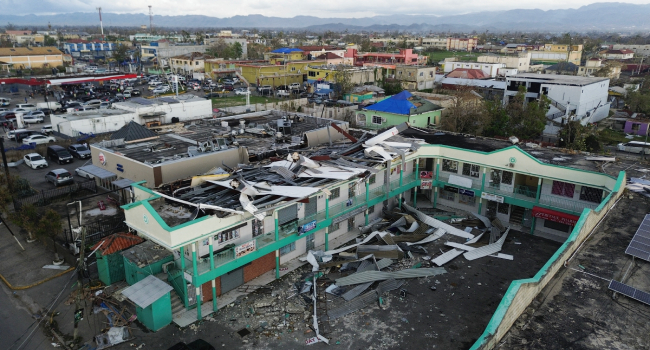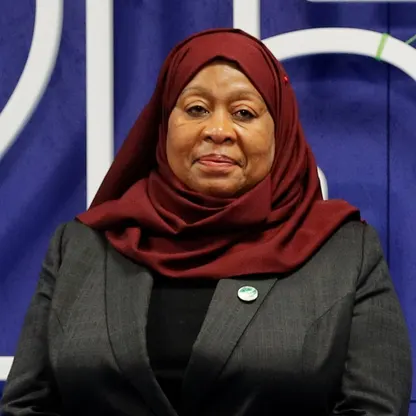Storm-battered communities in western Jamaica were plunged into crisis Sunday, days after Hurricane Melissa — the most powerful storm to strike the island in nearly a century — left at least 28 people dead and towns in ruins.
Prime Minister Andrew Holness confirmed the new death toll in a post on X late Saturday, noting that “additional reports of possible fatalities are still being verified.” The updated figure represents a sharp rise from the previous tally of 19.
Melissa made landfall last Tuesday as a Category 5 hurricane, unleashing sustained winds of 185 miles (300 kilometers) per hour — the strongest Jamaica has seen in 90 years. The monster storm carved a deadly path across the Caribbean, killing at least 31 people in Haiti, including 10 children who drowned in flash floods, and causing widespread destruction in Cuba and the Dominican Republic.
Widespread Devastation
In Jamaica, the worst damage occurred in the western parishes of Westmoreland and Saint Elizabeth, where entire neighborhoods have been flattened.
AFP reporters on the ground described scenes of chaos in Whitehouse, where homes lay crumpled, corrugated iron roofs littered the streets, and downed power lines and uprooted trees made access nearly impossible.
Much of the island remains without electricity or phone service, hampering rescue operations and complicating efforts to confirm casualties. Hospitals, schools, and businesses have been severely damaged or completely destroyed.
Economic Catastrophe
The economic toll is expected to be staggering. Nahuel Arenas, head of the UN Office for Disaster Risk Reduction (UNDRR) for the Americas and the Caribbean, warned from Panama that the losses could equal Jamaica’s entire annual GDP — nearly $20 billion, according to World Bank estimates.
“These are losses that will weigh heavily on the economy of all Jamaicans for years and years to come,” Arenas said.
Global Aid Mobilisation
The World Health Organization and humanitarian partners have deployed emergency medical teams to assist victims, while the United States confirmed that its disaster response units are already on the ground.
UN Secretary-General António Guterres called for the “mobilisation of massive resources” to address the devastation and urged the international community to stand with Jamaica during its recovery.
The UN has released $4 million from its Central Emergency Response Fund (CERF) to support relief efforts and help scale up humanitarian operations.








